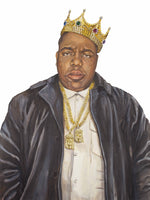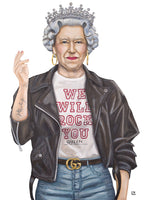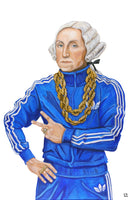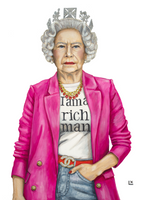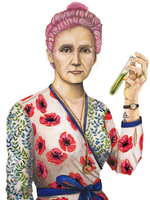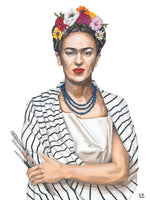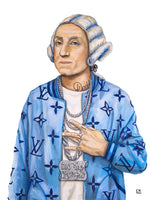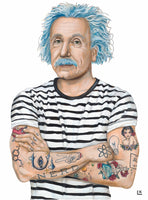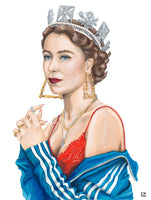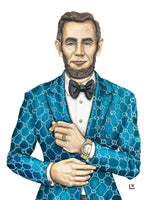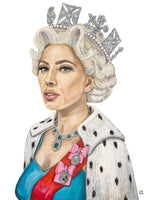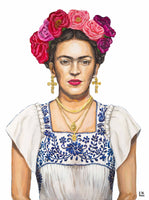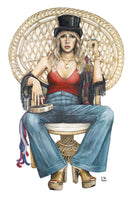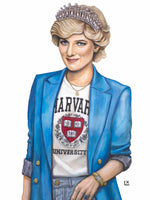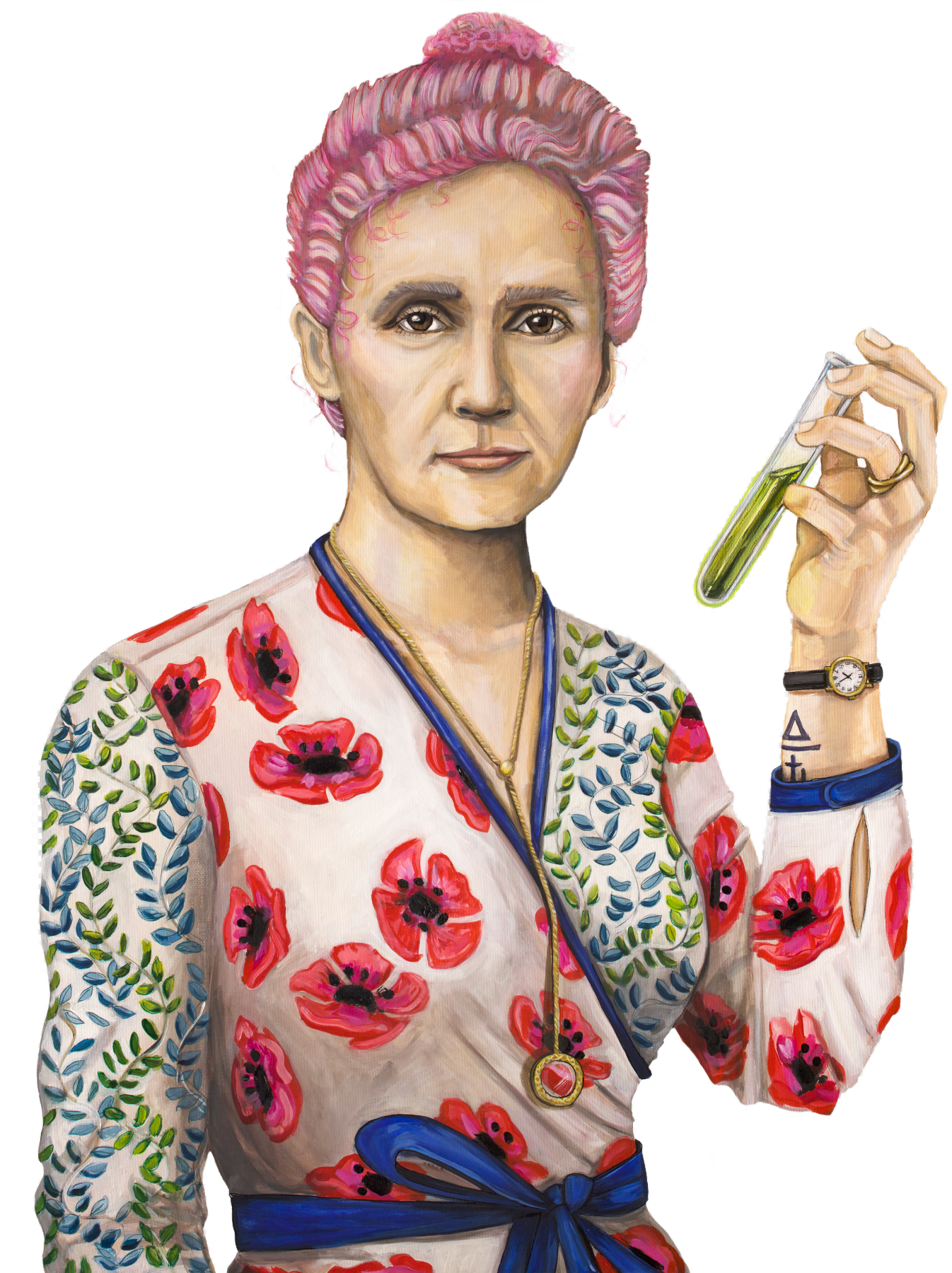

Marie and her husband, Pierre Curie, first discovered Radium in 1898. They extracted it from the mineral uraninite while researching radioactive elements. Radium was historically used in cancer treatments like radiation therapy. It was once used in glow-in-the-dark paints for watches and instruments.
Radium is highly radioactive and dangerous, so its use today helps scientists understand radioactivity and has limited use and is carefully controlled.

The poppy is the national flower of Poland.
Marie Skłodowska was born in Warsaw, Poland, but moved to Paris, France at the age of 24. She did this to pursue higher education in her scientific studies. She lived a large portion of her adult life in France, but always remained connected to her Polish heritage.

The pattern on Marie’s dress and her blue sash are inspired by the patterns on her Nobel prize that she received in 1903. Marie Curie was awarded the Nobel Prize in Physics, along with her husband Pierre Curie, and physicist Henri Becquerel. Henri Becquerel was recognized for discovering spontaneous radioactivity. Marie and Pierre Curie were honored for their research on radiation phenomena, especially their work isolating the radioactive elements polonium and radium.
Marie Curie became the first woman to win a Nobel Prize. It marked the beginning of her groundbreaking contributions to science, especially in the field of radioactivity—a term she coined. When she won her second Nobel Prize for Chemistry in 1911, she became the only person to win Nobel Prizes in two different scientific fields.

Marie Curie and her sister, Bronya, both dreamed of attending university, so they made a pact: Marie would work as a governess to support Bronya’s medical studies in Paris, and once Bronya graduated, she would help Marie do the same.
Marie's later success-winning two Nobel Prizes shows how much the world of science has changed over time, both in her own life and in the generations after her death.
Marie and Pierre Curie shared an extraordinary partnership built on both love and discovery. They met in Paris as young scientists driven by curiosity and devotion to truth. Their bond quickly became a fusion of intellect and affection. Together they discovered polonium and radium, often working side by side late into the night in their modest laboratory. Their marriage was a rare union of hearts and minds rooted in mutual respect, shared sacrifice, and an unshakable belief that their work could illuminate the unseen forces of the universe.

Marie Curie and her sister, Bronya, both dreamed of attending university, so they made a pact: Marie would work as a governess to support Bronya’s medical studies in Paris, and once Bronya graduated, she would help Marie do the same.
This symbol is scientific shorthand for "change over time" In the late 1800s women in Russian-occupied Poland were not allowed to study at the University of Warsaw or pursue advanced academic degrees. However Marie attended an "underground University in order to receive her higher education. The Flying University operated secretly, moving from apartment to apartment to avoid detection ("flying" referred to how often it changed locations). There, young women like Marie could study science, philosophy, and literature taught by professors committed to intellectual freedom.

In her scientific work, especially in chemistry and physics, Curie used optical instruments, like microscopes, spectroscopes, or telescopic eyepieces as part of laboratory equipment.

The color pink is often associated with femininity and womanhood. Despite working in a male-dominated field, Curie frequently wore dresses in the lab, confidently maintaining her identity as a woman among mostly male colleagues


